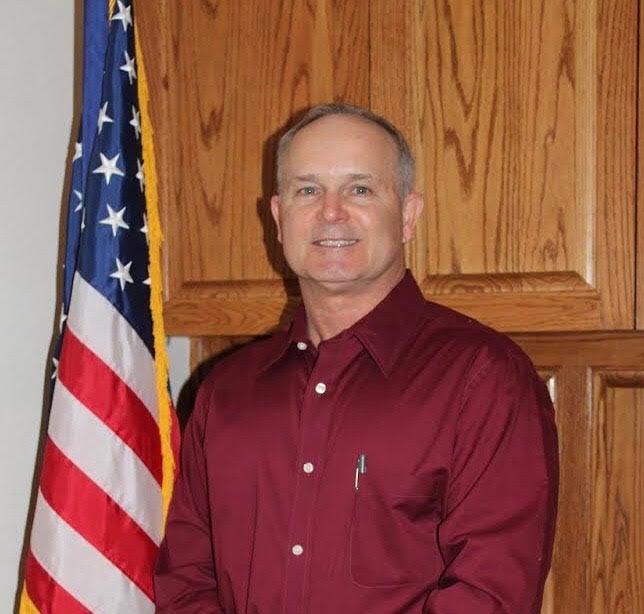Op-Ed: Emergency Service Districts are essential for Texans’ safety
Published 12:40 am Tuesday, July 21, 2020
|
Getting your Trinity Audio player ready...
|
Most people know that when there is a fire or medical emergency—or a global pandemic—first responders help keep us safe. What may be surprising for many Texans is that many of these first responders are there because of a local emergency services district, or ESD.
As we navigate current economic challenges and budget constraints, it’s imperative that all Texans understand that emergency services districts are essential for all Texans’ safety.
Simply put, an ESD is a political subdivision of the State of Texas, similar to a school district, library district or a hospital district. And, depending on the district, an ESD can provide fire protection, emergency medical services or both.
ESDs are formed by grassroots initiatives that voters, like you, approve at the ballot box to provide reliable funding for fire protection or emergency medical response.
An ESD is not an extension of a state agency or county government—it is an independent governmental entity focused solely on the protection of life and property. Currently, there are around 335 ESDs in Texas.
ESDs directly protect around eight million Texans, as the men and women on the frontlines save numerous lives and make a positive difference in our communities. Along with serving local communities, ESDs often join in a larger effort to combat disasters throughout Texas.
In 2017, when Hurricane Harvey—one of the worst natural disasters Texas has experienced—pummeled through the Texas Coast, ESDs partnered with the Texas Intrastate Fire Mutual Aid System (TIFMAS) to mobilize a record-breaking firefighter deployment and emergency response.
ESD first responders waded through chest-deep waters and even many who were not on call, still volunteered their time. Above all, the ESDs showed genuine care for the community which they serve.
ESD firefighters and equipment are routinely dispatched to combat wildfires that can cover thousands of acres in the state.
Make no mistake, ESDs are essential in keeping all Texans safe. What is also important to know is that they can typically accomplish outstanding service for about one-third to one-half of what municipalities would spend on the same quality of emergency services.
As our nation faces increased unemployment, collapsed oil prices and a sluggish economy, ESD budgets could be strained.
Under the state constitution, ESDs are limited to 10 cents per $100 of property valuation. At the maximum ESD tax rate, a home valued at $300,000 would pay only $300 a year to know that well-trained and well-equipped first responders will be at the door in minutes when there’s an emergency.
ESDs may also collect sales tax. With likely lower property values and sales tax collections ahead, ESDs will face challenges in maintaining their services at the same level.
I encourage all communities to work with their local and state officials to assure that ESDs continue to have access to adequate funding for first responders, stations and equipment. That way, ESDs can continue to provide the services to protect property and life in the communities they serve and in Texas as a whole.
Mark Jack, a commissioner for Parker County Emergency Services District No. 1, is the president of the State Association of Fire and Emergency Services (SAFE-D)






